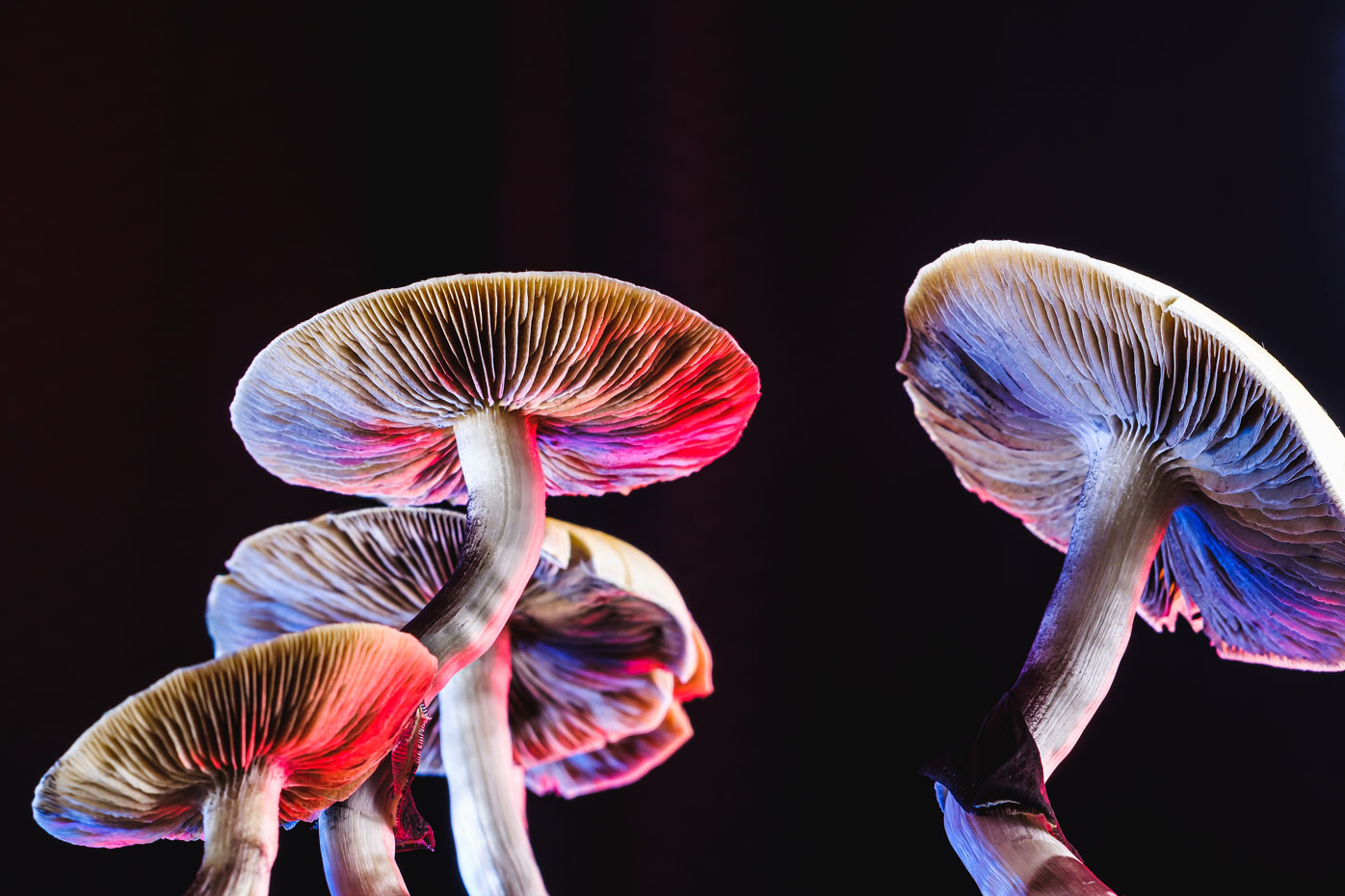Find Out All There Is About Golden Psycho and Its Popular Features.
Everything About Psychotomimetic Substances: Their Function in Psychological Study
Psychotomimetic substances, such as LSD and psilocybin, have actually amassed boosting passion in psychological study for their ability to duplicate psychotic signs and give understanding right into numerous psychological health problems. Their communications within the brain, particularly via serotonin and dopamine pathways, suggest a complex partnership in between consciousness and neurobiology that might open novel restorative avenues. As scientists remain to examine their possible applications, ethical factors to consider surrounding their use in clinical setups come to be extremely important, raising vital concerns concerning security and educated consent that warrant more expedition.
Definition of Psychotomimetic Substances
In the world of emotional research, psychotomimetic substances are substances that can induce effects looking like those of psychosis, such as hallucinations, misconceptions, and altered understandings of fact - About Golden Psycho. These substances can be categorized into different classifications, including hallucinogens, dissociatives, and specific energizers, each creating unique mental effects
The pharmacological action of psychotomimetic compounds commonly entails modulation of neurotransmitter systems, especially those pertaining to serotonin, dopamine, and glutamate. Substances like lysergic acid diethylamide (LSD) mostly act on serotonin receptors, leading to profound alterations in sensory assumption and cognition.
The energy of psychotomimetics in research study lies in their ability to mimic psychotic signs and symptoms, supplying a model for understanding the hidden systems of psychotic conditions such as schizophrenia. By studying the results of these substances, researchers can obtain insights into the neurobiological and emotional processes that add to psychosis.
Moreover, psychotomimetic compounds have actually been checked out for their therapeutic possibility in treating numerous mental wellness conditions, consisting of anxiety and anxiety, highlighting their double role in both study and potential professional applications.
Historical Growth and Context
The exploration of psychotomimetic substances has a rich historic context that dates back to ancient human beings, where compounds such as psilocybin mushrooms and peyote were made use of in spiritual and healing techniques. These early uses commonly intertwined with spiritual routines, suggesting an extensive respect for the altered states of awareness induced by these compounds.
The mid-20th century noted a significant juncture in the study of psychotomimetic compounds, specifically with the synthesis of LSD by Albert Hofmann in 1938. The subsequent popularization of LSD in the 1960s catalyzed a wave of rate of interest in both its emotional effects and prospective healing applications. Scientists began to check out just how these substances could simulate psychotic states, giving insights into mental disease.
However, the boosting organization of psychotomimetics with counterculture activities led to regulatory backlash, culminating in the criminalization of a number of these substances. Despite these challenges, the renewal of rate of interest in the healing possibility of psychedelics in the 21st century has prompted renewed research. This historical trajectory highlights the progressing assumption of psychotomimetic substances, changing from spiritual materials to topics of clinical questions and, potentially, restorative promise.
Mechanisms of Activity
Comprehending the devices of action of psychotomimetic substances exposes the detailed ways these substances communicate with the brain's neurochemistry. These compounds largely apply their results with modulation of neurotransmitter systems, especially serotonin, dopamine, and glutamate. Lots of traditional psychedelics, such as psilocybin and LSD, mainly act as agonists at serotonin 5-HT2A receptors, leading to altered perception and cognition. This communication not only affects sensory handling however likewise enhances psychological and introspective experiences.
In enhancement to serotonin, dopaminergic paths are considerably influenced by substances like mescaline and specific cannabinoids, which can bring about modified states of awareness and adjustments in mood and inspiration. The NMDA receptor incongruity observed with substances like ketamine highlights an additional path with which psychotomimetics might induce dissociative states and extensive changes in thought procedures.
The neurochemical cascades initiated by these interactions cause complicated and diverse mental effects. Comprehending these mechanisms is critical for both the improvement of mental research study and the restorative potential of psychotomimetic compounds, as they give understandings into the underlying neural correlates of modified states of consciousness.
Current Research Study and Applications
Current investigations into psychotomimetic compounds have actually disclosed a renewal of rate of interest in their healing applications, particularly in the fields of psychiatry and psychology. Researchers have begun exploring substances such as psilocybin, LSD, and ayahuasca for their possible to reduce signs linked with numerous psychological health conditions, consisting of anxiety, anxiousness, and PTSD.
Clinical trials have actually shown that, when administered in controlled atmospheres, these compounds can help with extensive psychological experiences, advertising psychological developments and improved therapeutic end results. For example, studies have actually revealed that psilocybin-assisted therapy can lead to substantial decreases in treatment-resistant depression, with results lasting for a number of months post-treatment.
Additionally, psychotomimetic substances see this page are being evaluated for their capacity to promote neuroplasticity, possibly enabling even more effective rewiring of maladaptive idea patterns. These searchings for suggest that such compounds may offer as complements to traditional psychotherapeutic methods, improving the efficacy of healing interventions.
As study progresses, the emphasis is shifting towards recognizing the optimal dosages, therapeutic settings, and participant characteristics that can make best use of the advantages of these compounds. This expanding field holds pledge for reinventing mental health treatment paradigms and attending to the constraints of conventional psychiatric medicines.
Honest Factors To Consider in Research

Navigating the honest landscape of study entailing psychotomimetic substances is vital to making sure individual safety and the stability of study end results. Researchers have to prioritize informed permission, check it out guaranteeing that individuals fully understand the prospective dangers and advantages connected with the compounds being examined. This consists of supplying comprehensive information regarding feasible psychological impacts, consisting of acute and long-lasting effects, and enabling participants the opportunity to take out from the research at any type of time without penalty.
IRBs examine research study protocols to secure individual well-being and maintain ethical requirements. Additionally, the potential for coercion must be carefully assessed, particularly when susceptible populations are entailed.
Privacy is another vital factor to consider. Researchers have to execute durable procedures to secure participants' identifications and data, especially provided the delicate nature of experiences linked with psychotomimetic compounds (About Golden Psycho). Inevitably, a dedication to moral techniques not just cultivates trust in between researchers and participants however read this likewise improves the reputation and legitimacy of the study results, adding to the advancement of emotional understanding

Conclusion
To conclude, psychotomimetic substances, specifically classic psychedelics such as LSD and psilocybin, deal substantial understandings into psychological problems via their one-of-a-kind systems of action. Their restorative possibility in attending to problems like anxiety and PTSD highlights the value of ongoing study in this field. Nevertheless, guaranteeing moral criteria in study techniques is crucial for participant safety and security and notified authorization, permitting a liable expedition of these substances' advantages and ramifications within emotional science.